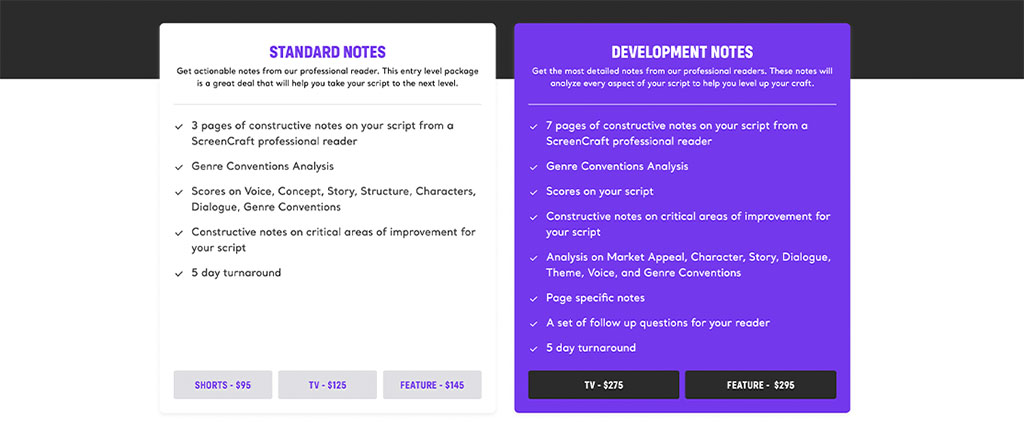Video games were once the only intellectual property (IP) that nobody wanted to touch in Hollywood. The poor precedent, which most likely started three decades ago with the first game-to-screen adaptation, 1993’s Super Mario Bros., has slowly been changing in the last several years largely thanks to stand-out hits like Fallout, The Last of Us, and The Super Mario Bros. Movie.
Not every adaptation suits the big screen, and not every story gets the best screenwriter.
Borderlands, the long-awaited adaptation of the 2009 video game, reminded us of this after it became a certified box office bomb, bringing in $8.8 million domestically on a $115 million budget. Despite The Super Mario Bros. Movie becoming the highest-grossing video game movie ever, Borderlands suffers that fate that many live-action video game adaptations have faced.
Video game adaptations do have a place where they can flourish and screenwriters can flex their creative muscles: TV. Before we can get into why this type of IP flourishes on TV, let’s get into why Borderlands struggled to connect with audiences and fans of the beloved game franchise.
Cracking the Borderlands Story Took Many, Many Writers
The trouble with the nearly 12-year production of Borderlands started immediately. After the franchise became part of the monoculture and the project received the green light in 2012, the team spent nearly six years developing a linear, plot-driven, and non-interactive screenplay based on an open-world video game with deep roots in procedural generation.
“The first draft had totally different characters,” Borderlands creator Randy Pitchford said to Epic Games. “It only resembled the Borderlands universe by vibe. There was a different planet, different characters, different timeline, different stakes, different everything.”
The second draft didn’t work either—although elements of the story were written in Borderlands 3—and Craig Mazin was hired to work on another draft for the movie. Mazin, who would later adapt The Last of Us after his success with Chernobyl, had played the games and was familiar with the franchise. Pitchford said Mazin was about to crack the adaptation code to get Borderlands to work as a film.
“A lot of it was that Craig played the games,” said producer Ari Arad. “He basically cherry-picked everybody he liked and came up with a story to include them, which I think is a great way to do it. Lead with what you love.”
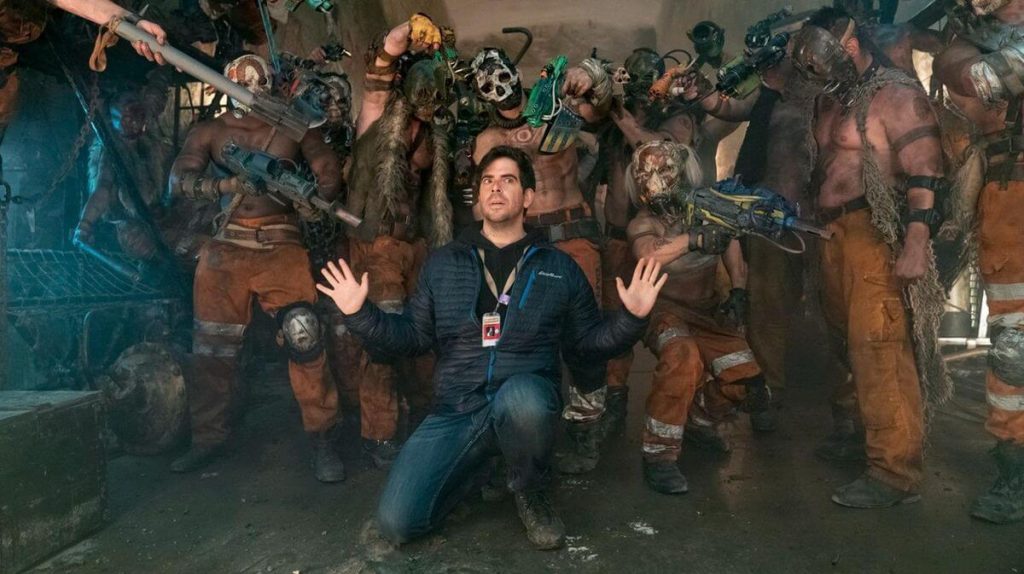
‘Borderlands’ (2024)
Eventually, Mazin left the project, and the script passed through several hands for rewriters before landing in writer-director Eli Roth’s hands. While Mazin’s core concept remained at the heart of the story, the story was changed to fit into the video game’s universe.
“It’s adapting the characters, the universe, the themes, and even the same plot points—but not the exact plot points, not the storylines,” said Pitchford. “If you’ve consumed the video games you already have that story, that experience, and so we want you to get something out of this movie, something that you couldn’t possibly get in a video game. And if you see the movie, we don’t want you to not go play the games because you think you’ve already experienced that storyline. They’re different.”
Eventually, Borderlands did make it to the screen in 2024, but it failed to capture what made the video game great.
“People like us play a lot of video games. We love them. We can’t help it,” said Pitchford. “But not everybody in our lives plays video games like we do. They watch movies or have other experiences. And so, for me, the coolest thing about this movie is it gives people who love Borderlands—who are spending time in the games—a chance to share Borderlands with people in their lives who aren’t going to play the video games as much as them, or even at all.”
While the movie did look a lot like the game, the story wasn’t able to get the audience to care about the world or the characters in it. Instead, the game seemed like fan service to people who fell in love with the game nearly 15 years ago.
Read More: 21 Movie Treatments and Outlines That Every Screenwriter Should Read
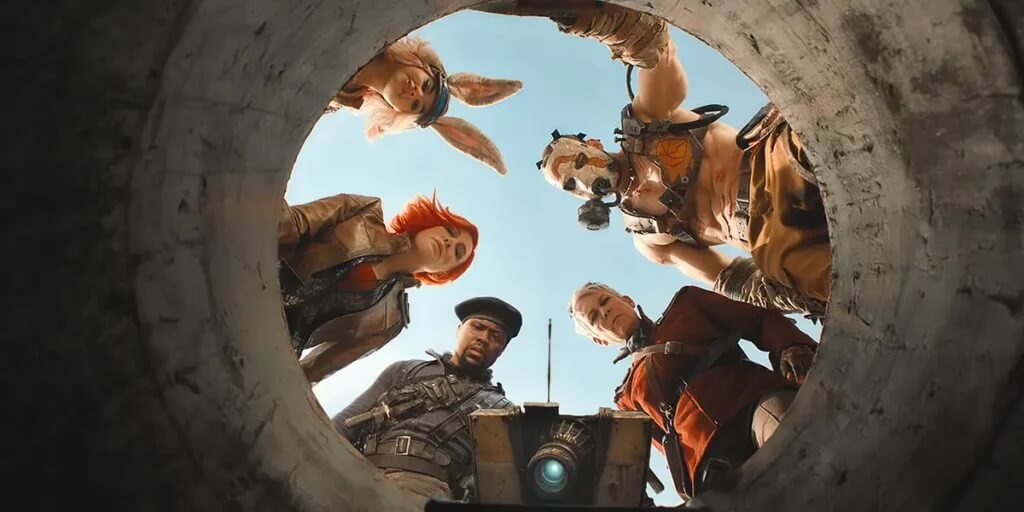
‘Borderlands’ (2024)
What Does a Video Game Adaptation Need?
Adapting video games like Borderlands can be extremely difficult and tricky for several reasons. Most video games have long, sprawling stories that players have to engage with for nearly 18 hours. This number can stretch out to 40 hours if the video game is open-world. So, how do you condense that long of a story into 90 pages?
The second issue that these types of adaptations face is alienating an audience. Not everyone is familiar with the video game’s story, so how do you make this world accessible while also appealing to fans of the game who are already familiar with it and the story beats?
There are three aspects of adapting video games that screenwriters should focus on:
Focus on the Game’s Story
One of the big fears behind adapting a video game is sticking too closely to a story to make it boring for fans of the game or too alienating to an audience unfamiliar with the story and can’t keep up with rapid story beats. But if you move too far away from the story, fans of the game question why the movie was even made.
Then, you have the video games that don’t really have a story.
The Legend of Zelda is currently being adapted into a film, and one of the main concerns is how the screenwriters are going to write a tight story based around Link’s open-world mission of saving Zelda. It is a similar problem that The Super Mario Bros. Movie faced. While Super Mario was incredibly successful, it often felt boring because characters were moving from set piece to set piece to progress a relatively simple, family-friendly story.
If you are interested in adapting a video game for the first time, I highly recommend focusing on the story. Write the concept out, highlight the major beats that push and strengthen the story, and find the thematic thread between those story beats. From there, trim away to create a tight outline that serves as the backbone of your screenplay.
Your creative judgment is vital to changing the story’s formula to make it fit the medium of film without changing the DNA of what made the story great in the first place.
Pull From One Game in the Franchise, Not All of Them
Roth decided to pull focus from the video game’s Vault Hunter squad and pull from all the installments in the franchise to craft a story around bounty hunter Lilith (Cate Blanchett). Borderlands isn’t the only adaptation to do this. Uncharted did something similar, pulling from a character’s story that stretched over decades to make a more exciting story.
Unfortunately, this does more harm to an adaptation than good.
A single video game has enough story to make a true adaptation work. Pulling from other games in the franchise to make a story work often dilutes what makes that original story work so well with fans and possible future franchise fans.
Video Game Characters Matter
Since Borderlands combines multiple stories, it misses the main cast of characters that made the original games so fun to revisit. Two playable characters, Mordecai and Brick, are absent from the film, and the rest of the heroes making up the film’s Vault Squad are not featured in the original game.
Rather than making an adaption of the first game, Borderlands acts like an extended universe that struggles to introduce the unfamiliar to the world and doesn’t give fans a familiar face to lead them through a new world.
While writers can introduce new characters that audiences can care for, fans want to see characters that they already have emotional connections to. Why make it harder when the character arcs and relationships are already loved and established?
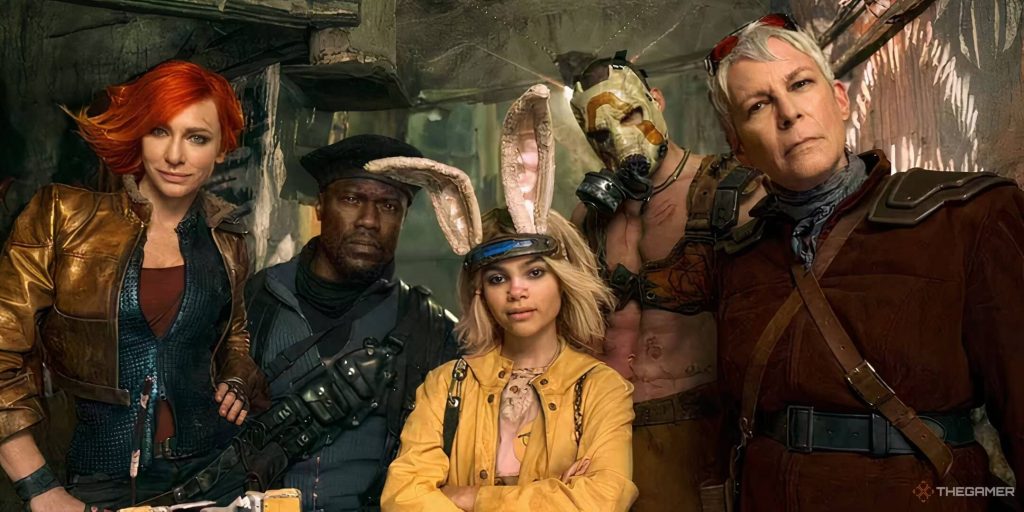
‘Borderlands’ (2024)
Video Games Work Better as a TV Series
These adaptations are hard. There is no way around it. One of the biggest factors that makes these games widely successful is the interactivity. When that is taken away, what is left beyond the emotional connection a play has to the story and characters?
Video games make great TV shows because audiences care about and are affected by setups and payoffs.
Films only have so much time and space to replicate these big emotions through set pieces, relationships, and story beats. Maybe this is why they tend to lean into the big story moments throughout the franchise that fans champion.
But TV gives writers the needed time to flesh out stories that make these adaptations feel worth it.
The best example is Episode Three of The Last of Us, where the story transforms Bill (Nick Offerman) and Frank (Murray Bartlett), two minor game characters, to reveal the humanity within a corpse-filled wasteland.
The episode takes a break from the main story to show us the love story between Bill and Frank, and why they decided to meet the end together. While gamers have to move past most of Bill’s traps, the show shows us why they are so dangerous. Knowing the love story made
TV gives writers the power to show us why playable moments in a game have weight. We don’t need to see the entirety of someone crouching and sneaking. Instead, we need the emotional weight of what makes this moment tense. Writers also have the creative freedom to make changes that push the story in the same direction without necessarily hitting the same narrative beats.
Again, this only works if the video game you are adapting has a story to work with.
Open-world games like Fallout and Borderlands are tougher to piece together, but Fallout highlights that multiple stories that have characters crossing paths every so often can feel rewarding. The story is moving toward something that affects everyone involved, with each storyline adding stakes that translate across the other narratives.
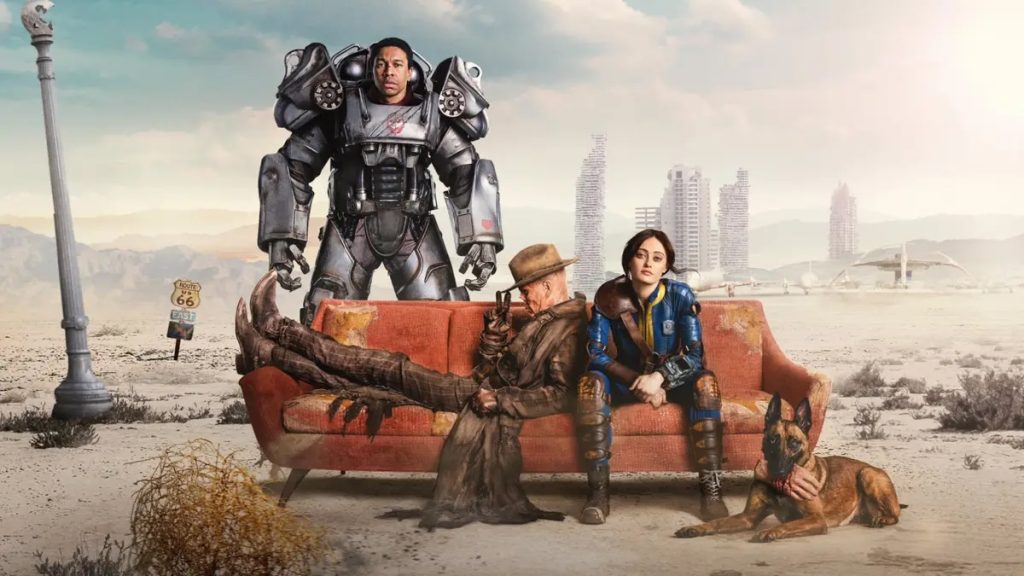
‘Fallout’ (2024)
—
Sure, Borderlands wasn’t the best video game adaptation, but this is a type of IP that is notoriously hard to get right! Don’t feel like your favorite video game is unadaptable because of all the moving parts that make it work. Instead, take the time to map out all the story beats and craft an outline that makes sense for a series.
As screenwriters, we have the power to make creative decisions that highlight why we want to adapt a story we love and want to see on the screen. Trust your gut, and show us why we need to see this video game on screen.
Read More: From a Producer’s Perspective: How to Find and Acquire Intellectual Property
Try our Genre Notes and get matched with a reader with relevant industry experience!
The post Borderlands’: Why Video Game Adaptations May Work Better as TV appeared first on ScreenCraft.
Go to Source
Author: Alyssa Miller

